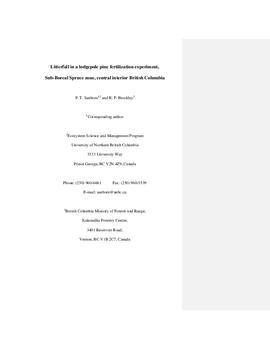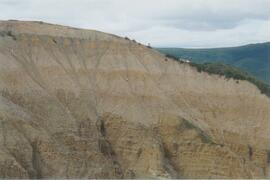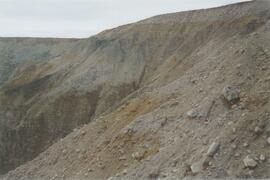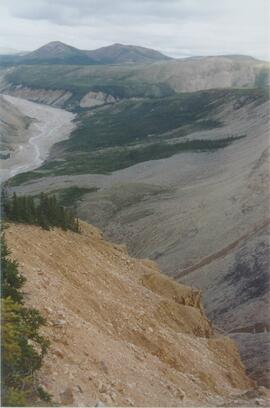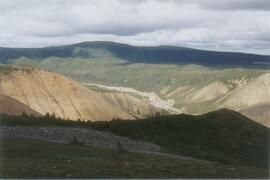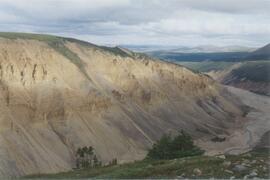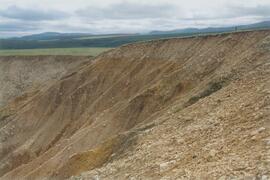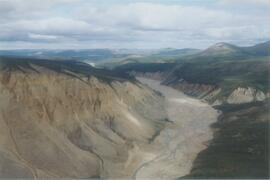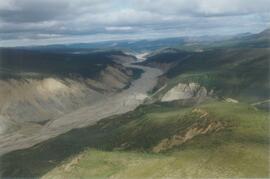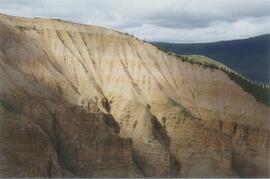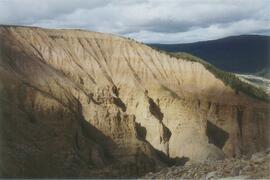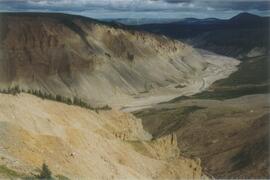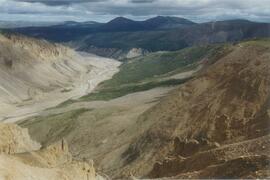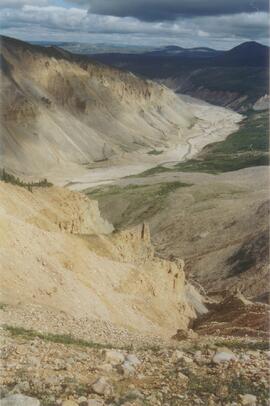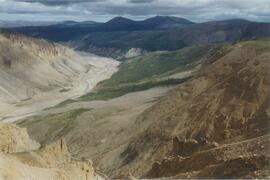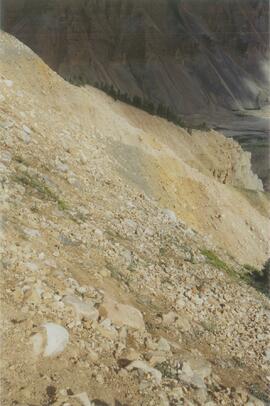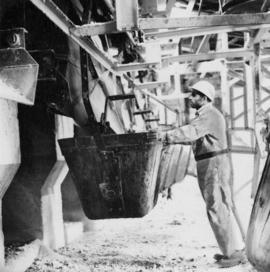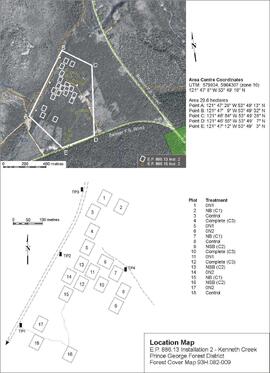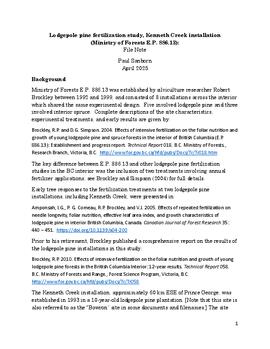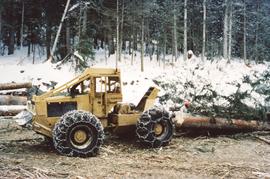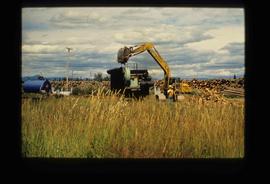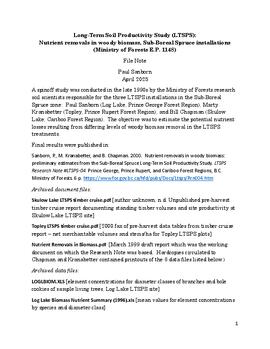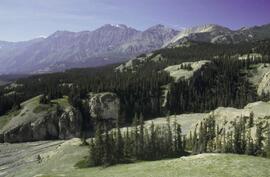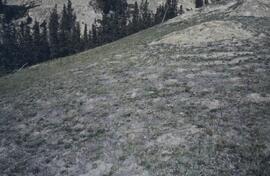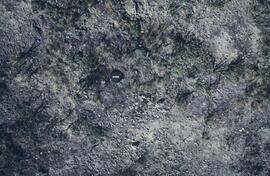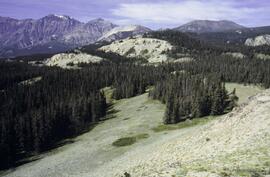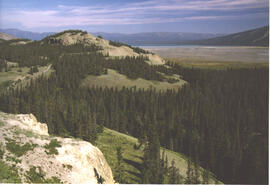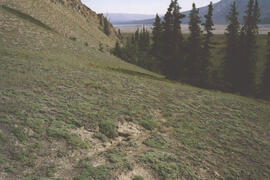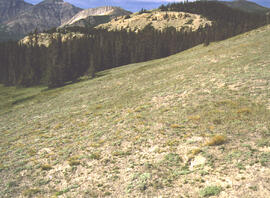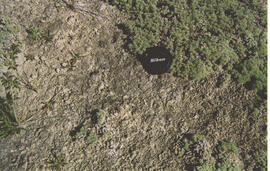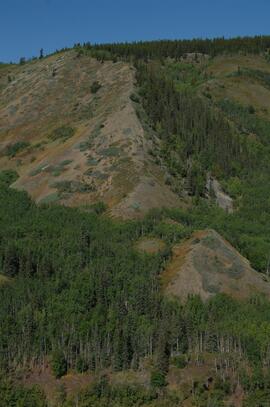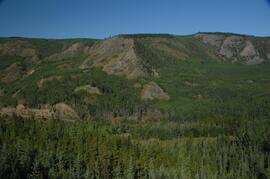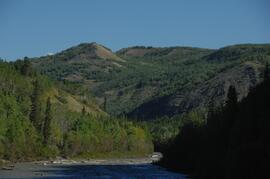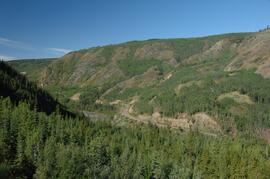Ministry of Forests E.P. 886.13 was established by silviculture researcher Robert Brockley between 1992 and 1999, and consisted of 8 installations across the interior which shared the same experimental design. Five involved lodgepole pine and three involved interior spruce. Complete descriptions of the site characteristics, experimental treatments, and early results are given by:
Brockley, R.P. and D.G. Simpson. 2004. Effects of intensive fertilization on the foliar nutrition and growth of young lodgepole pine and spruce forests in the interior of British Columbia (E.P. 886.13): Establishment and progress report. Technical Report 018. B.C. Ministry of Forests., Research Branch, Victoria, B.C. http://www.for.gov.bc.ca/hfd/pubs/Docs/Tr/Tr018.htm
The key difference between E.P. 886.13 and other lodgepole pine fertilization studies in the BC interior was the inclusion of two treatments involving annual fertilizer applications; see Brockley and Simpson (2004) for full details.
Early tree responses to the fertilization treatments at two lodgepole pine installations, including Kenneth Creek, were presented in:
Amponsah, I.G., P. G. Comeau, R.P. Brockley, and V.J. 2005. Effects of repeated fertilization on needle longevity, foliar nutrition, effective leaf area index, and growth characteristics of lodgepole pine in interior British Columbia, Canada. Canadian Journal of Forest Research 35: 440 – 451. https://doi.org/10.1139/x04-200
Prior to his retirement, Brockley published a comprehensive report on the results of the lodgepole pine installations in this study:
Brockley, R.P. 2010. Effects of intensive fertilization on the foliar nutrition and growth of young lodgepole pine forests in the British Columbia Interior: 12-year results. Technical Report 058. B.C. Ministry of Forests and Range., Forest Science Program, Victoria, B.C. http://www.for.gov.bc.ca/hfd/pubs/Docs/Tr/Tr058
The Kenneth Creek installation, approximately 60 km ESE of Prince George, was established in 1993 in a 10-year-old lodgepole pine plantation. [Note that this site is also referred to as the "Bowron" site in some documents and filenames.] The site was located on a flat glacial outwash terrace with fairly uniform deep sandy soils, and was extensive enough that it later hosted one of two installations of E.P. 886.15 established in 2001. (See https://search.nbca.unbc.ca/index.php/2023-2-2-1-3.) The Kenneth Creek site was attacked by mountain pine beetle in 2006, resulting in at least 80% tree mortality. In 2013, the stand was levelled in order to enable replanting.
Dr. Paul Sanborn's involvement in this study addressed three aspects of soil and nutrient cycling responses to the fertilization treatments:
- mineral soil and forest floor nutrient stocks, (Sub-subseries 2023.2.2.15.1)
- litterfall amounts and chemical composition, and, (Sub-subseries 2023.2.2.15.2)
- litter decomposition. (Sub-subseries 2023.2.2.15.3)
